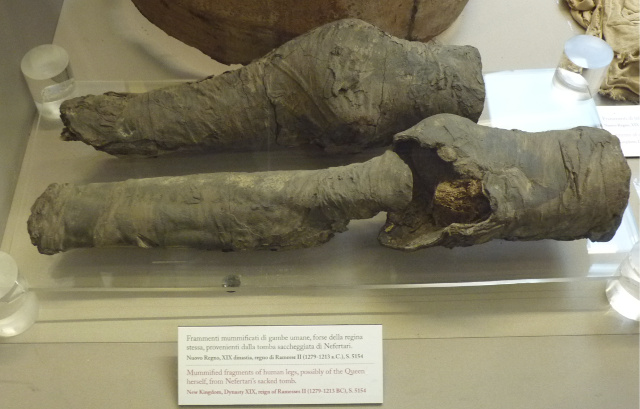It appears the medical faculty at Madrid's Complutense University can't catch a break.
In May, it made headlines when hundreds of corpses were found heaped up and rotting in the basement of its Anatomy and Embryology department.
Now, there has been another macabre discovery: on October 29th a professor in the department stumbled upon a mummy on the roof terrace of the faculty building.
"We're taking about an old drying room for cadavers, facilities that haven't been used for 25 to 30 years," a spokesperson for the Vice Chancellor's office told Spanish daily El País.
"It's not as if the mummy was out in the open, it was protected in a suitable place," said the spokesperson, who added two skeletons had been found as well.
But an internal department memo told a different story, making mention of a facility that didn't meet "minimum safety or hygiene standards".
"We have been told verbally that the mummified body will be removed by a funeral company as quickly as possibly," the memo went on.
However, El País were unable to confirm on Sunday whether the mummy had been removed from the university or if the facilities where it had been kept had been dismantled.
It also appears that no one at the university knows just how the mummy made it onto the roof terrace, or how long the corpse had been there. The name of the person whose body it is remains a mystery too.
Answers could be a while coming: the department responsible for the rooftop facility was shut down after the summer and its director sacked after revelations corpses were being 'hired out' for €750 ($930) for use in private weekend courses.



 Please whitelist us to continue reading.
Please whitelist us to continue reading.
Member comments